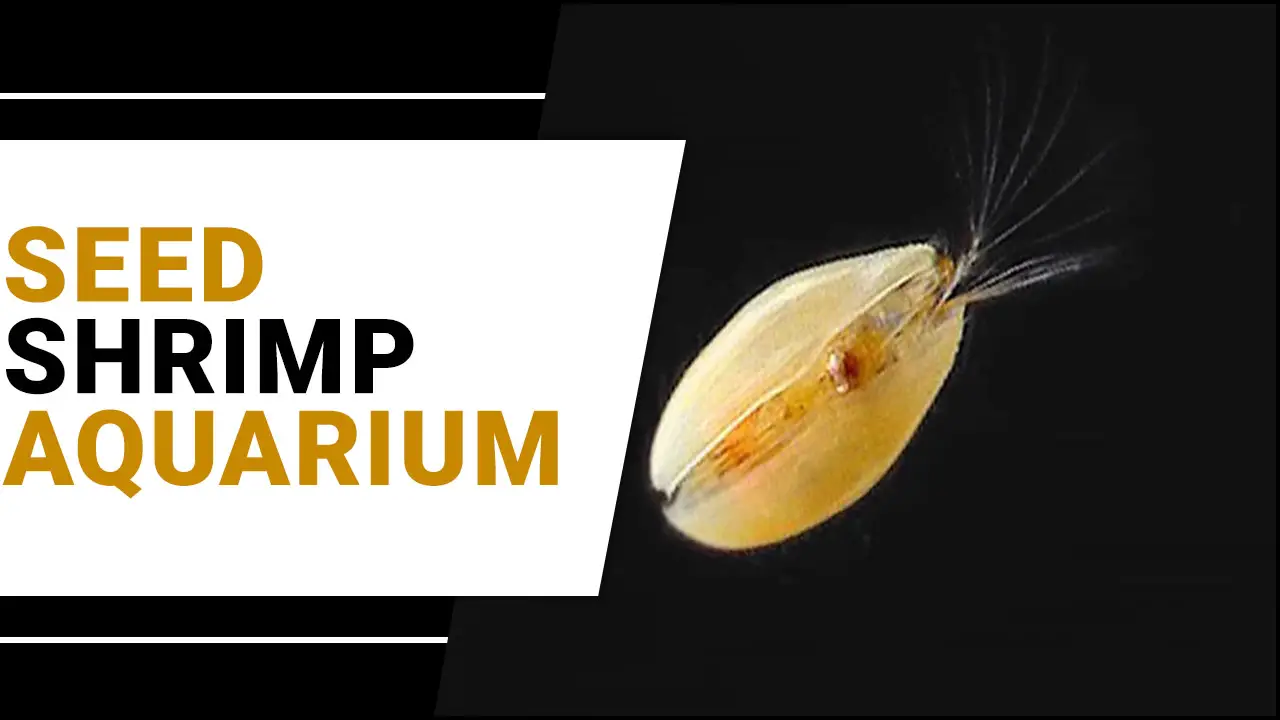Ramshorn snails are fascinating creatures that are easy to care for and breed. Breeding your Ramshorn snails can be a rewarding experience if you’re interested.
Watching the eggs hatch and seeing the tiny snails emerge is one of the most exciting parts of breeding these snails. However, to ensure that your Ramshorn snail eggs hatch successfully, you must know some important care and hatching tips. Here, we will provide valuable insights and tips for caring for and hatching Ramshorn snail eggs.
We will discuss ideal water conditions for breeding, how to spot and collect Ramshorn snail eggs, and best practices for incubating and hatching the eggs. Additionally, we’ll give you some tips for caring for the newly hatched snails, including feeding and housing them.
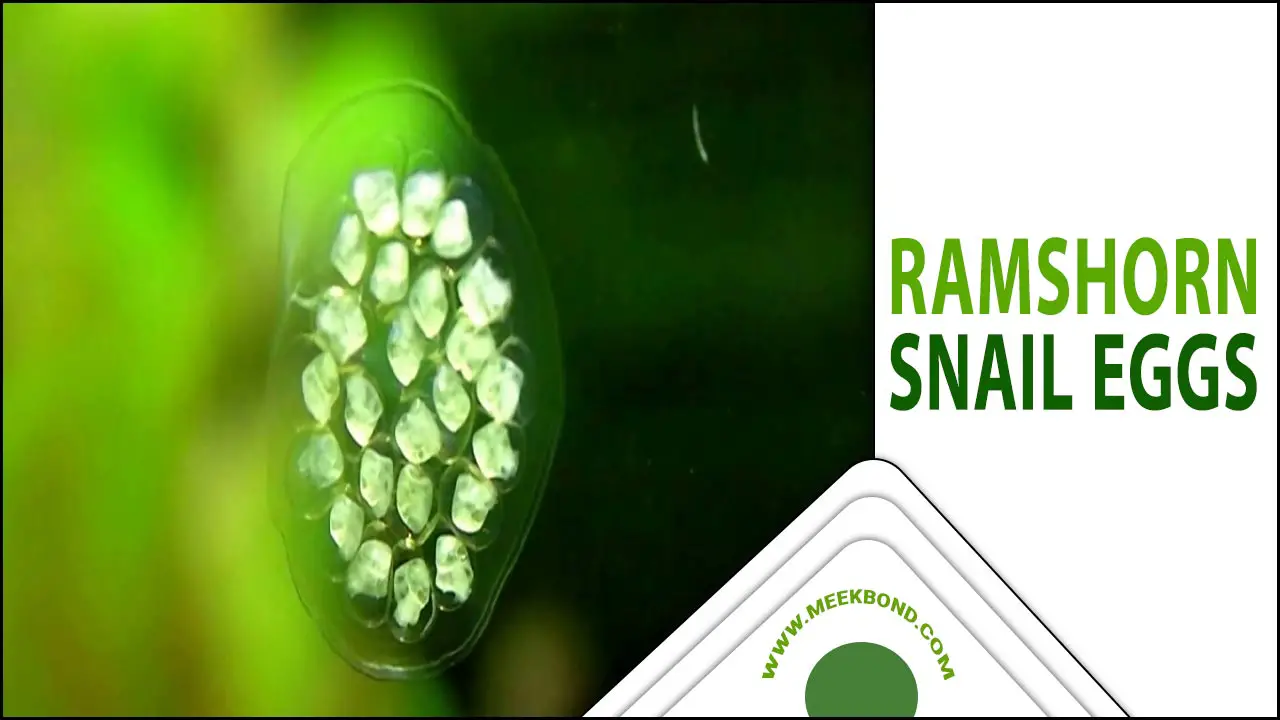
The Origin And Habitat
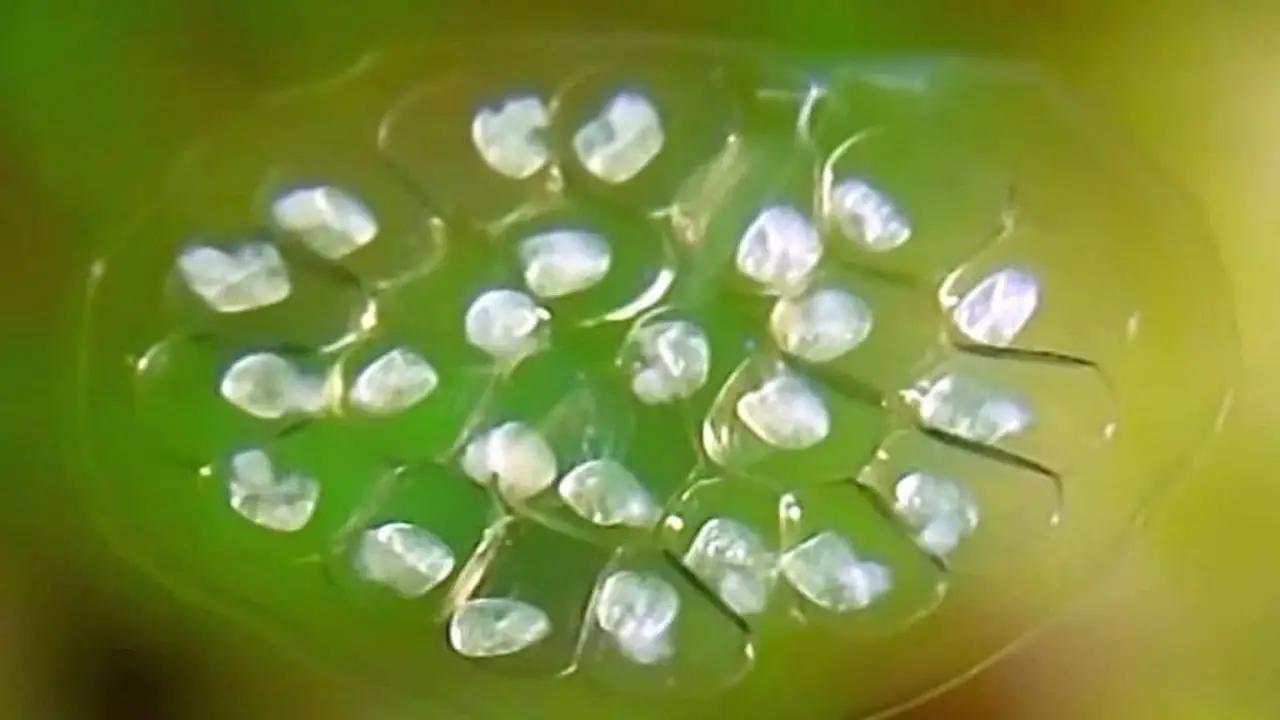
Ramshorn snails lay small, gel-like clusters of eggs that attach to various surfaces in freshwater habitats. These eggs are typically translucent and range from white to pink or brown. Ramshorn snails are hermaphrodites with both male and female reproductive organs. This allows them to lay eggs without the need for a mate. The female fertilizes the eggs internally and then deposits them in clusters on plants, rocks, or other surfaces.
It is important to note that ramshorn snails can reproduce quickly, and their eggs can be difficult to remove completely. They can also serve as a valuable addition to aquatic ecosystems by helping to clean up excess organic matter.
Characteristics Of Ramshorn Snails
People know Ramshorn snails for their distinctive egg masses, which resemble small clusters of clear jelly. Snails usually attach these egg masses to various surfaces in the aquarium, such as plants, decorations, or even the sides of the tank itself.
Each egg mass contains multiple individual eggs, and depending on the species of ramshorn snail, these eggs can vary in size and coloration. The eggs typically take around 2-4 weeks to hatch, and tiny baby snails will emerge once they do. It’s important to note that ramshorn snails are prolific breeders if you have a male and a female in your aquarium. You’ll likely start seeing more and more egg masses over time.
How To Ensure Successful Hatching Of Ramshorn Snail Eggs?
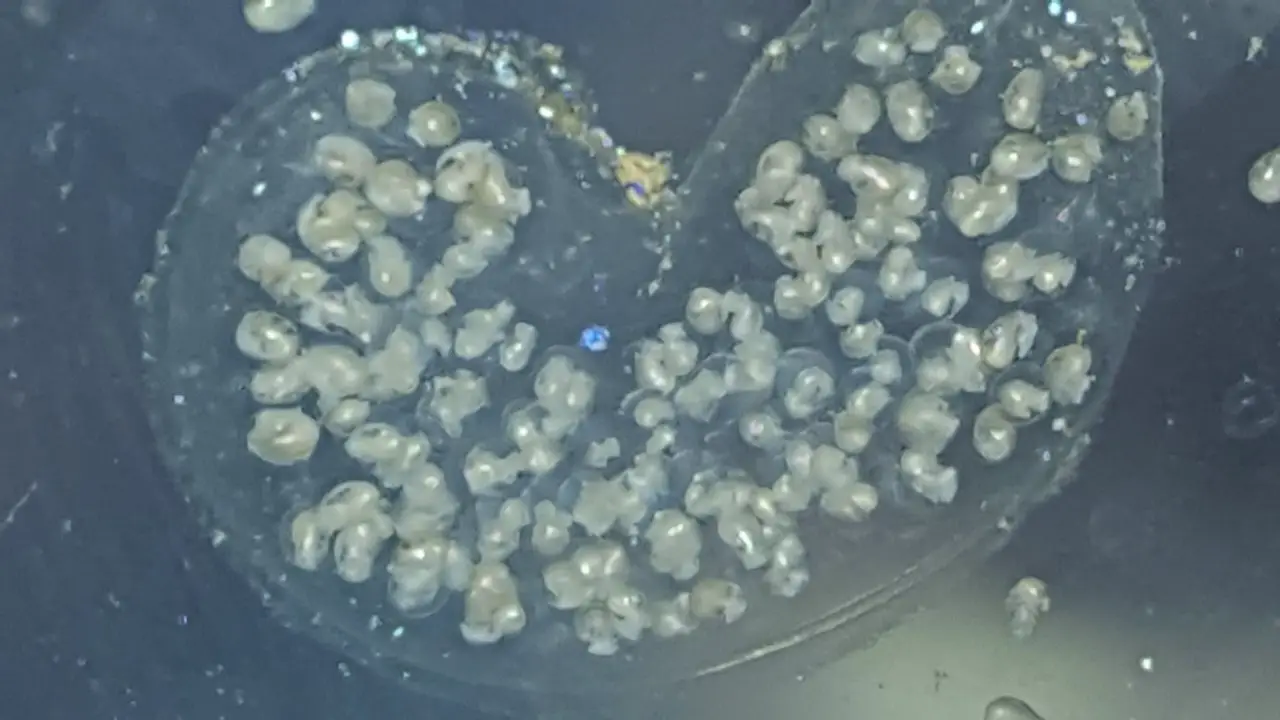
Ensuring successful hatching of ramshorn snail eggs requires careful attention to their environment and conditions. Regarding the temperature, it is important to maintain a consistent range of around 70-78 degrees Fahrenheit. As extreme temperatures can harm the developing embryos.
Additionally, water quality is crucial for the survival of the eggs. It should be clean and free from pollutants, with appropriate levels of pH and hardness. Providing plenty of vegetation and hiding spots in the aquarium can also create a suitable habitat for the snail eggs to develop. Finally, patience is key when waiting for the eggs to hatch.
It can take a few days to several weeks for the little snails to emerge. So monitor the tank regularly and provide any necessary care during this time. You can increase your chances of successfully hatching ramshorn snail eggs in your aquarium with proper attention and care.
Creating The Ideal Breeding Environment
The ideal breeding environment is crucial for successfully hatching and raising ramshorn snail eggs. These small, gelatinous eggs can attach to surfaces in your aquarium or pond. To promote healthy egg development. It is important to maintain stable water conditions and provide ample food sources for the snails.
Ramshorn snails thrive in slightly alkaline water with a pH between 7.0 and 8.0. Additionally, providing plenty of vegetation, such as aquatic plants or algae. This will ensure the snails have enough food to sustain themselves and their developing eggs. Creating a suitable environment can increase the chances of successful hatching, and enjoy watching your ramshorn snail population grow.
Identifying And Collecting Ramshorn Snail Eggs
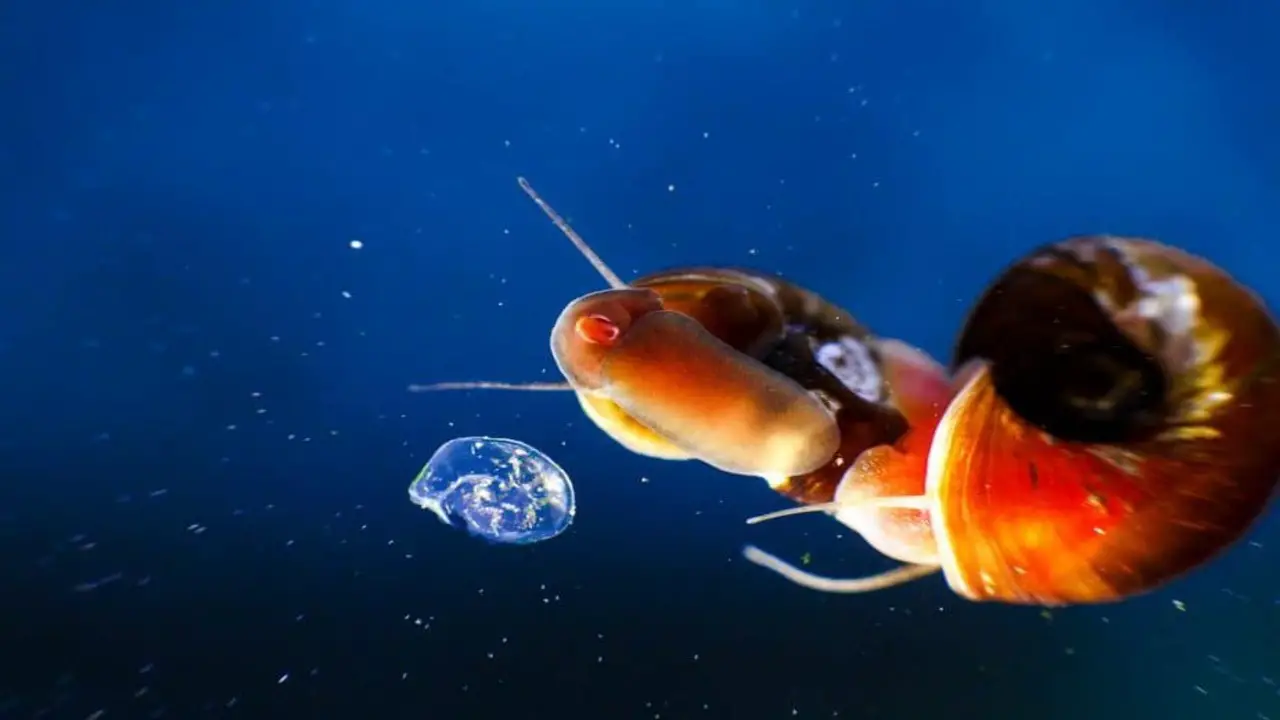
Ramshorn snails often attach their eggs to various surfaces in aquariums and ponds. They are small, translucent blobs that resemble jelly or clear tapioca pearls. If you come across ramshorn snail eggs, you may wonder what to do with them. Some hobbyists choose to collect and hatch the eggs, while others prefer to remove them from their tanks to prevent overpopulation.
Snails usually attach these egg masses to various surfaces in the aquarium, such as plants, decorations, or even the sides of the tank itself. You can then transfer them to a separate container filled with water from the main tank.
Monitor the hatching process closely and provide appropriate care for the baby snails once they emerge. Remember, if you decide not to collect the eggs, it’s important to control the population of ramshorn snails in your tank to maintain a balanced ecosystem.
Proper Egg Handling And Transfer Techniques
Proper handling and transfer techniques are crucial for ramshorn snail eggs. You can easily damage or disrupt these tiny, gelatinous eggs without care. To ensure the best chances of successful hatching. It is important to gently transfer the eggs to a suitable environment, such as a separate breeding tank or a designated egg incubator. Avoid touching the eggs directly with your hands. The oils and bacteria on your skin can harm the delicate embryos.
Instead, use a soft-bristled brush or a clean utensil to remove and transfer the eggs carefully. It is also important to maintain stable water conditions and provide suitable food sources for developing snails once they hatch. Following proper handling and transfer techniques can increase the likelihood of successfully raising healthy ramshorn snails from their eggs.
Understanding Incubation Requirements
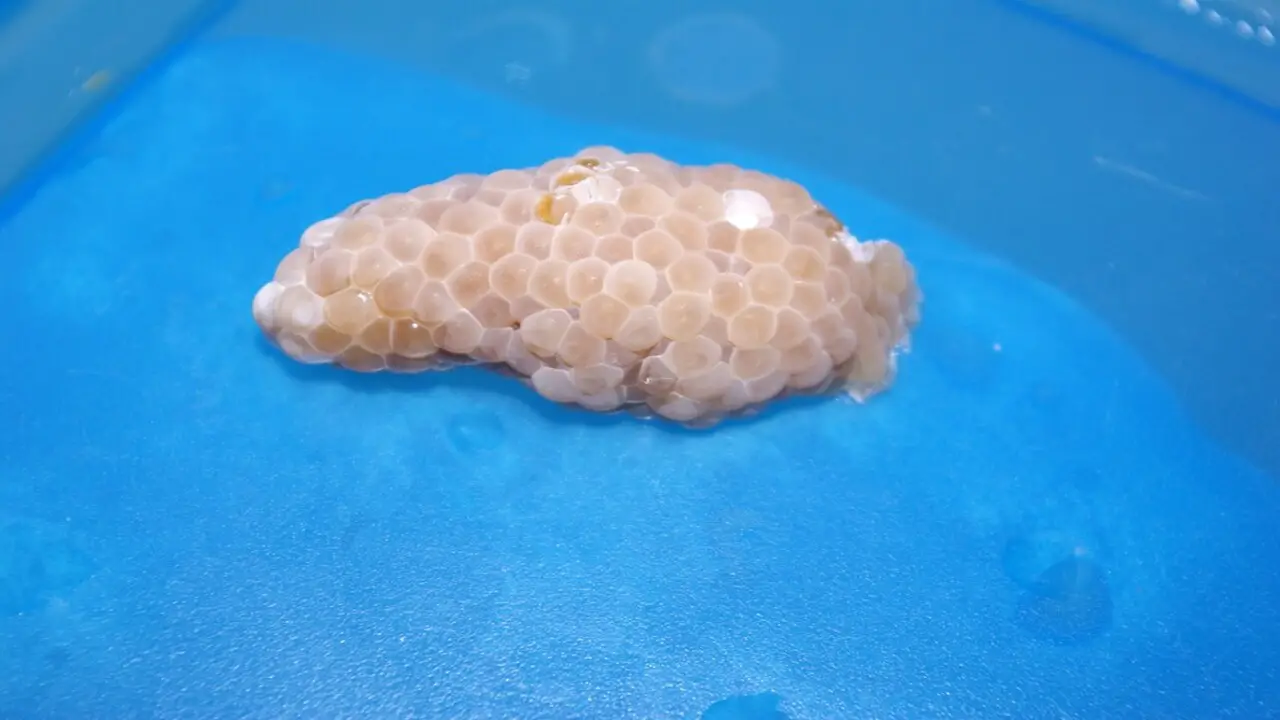
Ramshorn snails are known for their ability to lay eggs in aquariums, and understanding the incubation requirements of these eggs is crucial for successful breeding. Ramshorn snail eggs are typically laid on hard surfaces such as rocks, plants, or glass.
They appear as small jelly-like clusters that can range in color from clear to pink or brown. To ensure the survival of the eggs, it is important to provide a suitable environment for incubation. This includes maintaining stable water conditions, ensuring proper water quality, and providing adequate food sources for developing snails.
Additionally, it is important to be patient during the incubation period, as it can take several weeks for the eggs to hatch. By understanding and meeting the incubation requirements of ramshorn snail eggs, you can increase your chances of successfully breeding these fascinating creatures in your aquarium.
Water Quality And Temperature Maintenance
Maintaining proper water quality and temperature is crucial for successfully hatching and surviving ramshorn snail eggs. These small, gelatinous eggs are typically laid on hard surfaces like plants or aquarium decorations. To ensure a favorable environment for the eggs, it is important to maintain a stable water temperature between 75-82°F (24-28°C).
Regular water testing and maintenance should also be conducted to keep ammonia and nitrate levels low, as high levels can negatively impact egg development. It is also recommended to provide adequate hiding spots and vegetation in the tank to protect the eggs from predators. With proper care and attention to water quality and temperature. You can increase the chances of successfully hatching ramshorn snail eggs in your aquarium.
Providing Suitable Food Sources For Hatching Snails
When hatching ramshorn snail eggs, providing suitable food sources is essential. Newly hatched snails rely on microscopic algae and other small organisms as their primary source of nutrition. To ensure successful hatching, it is important to create a suitable environment that promotes the growth of these food sources.
This can be achieved by maintaining proper water conditions, such as temperature and pH levels, and introducing live plants or algae cultures into the tank. Additionally, supplementing their diet with specialized snail food or crushed fish flakes can help provide the necessary nutrients for healthy growth. By providing a variety of suitable food sources. You can ensure the successful hatching and development of your ramshorn snail eggs.
Managing Light Exposure For Optimal Development
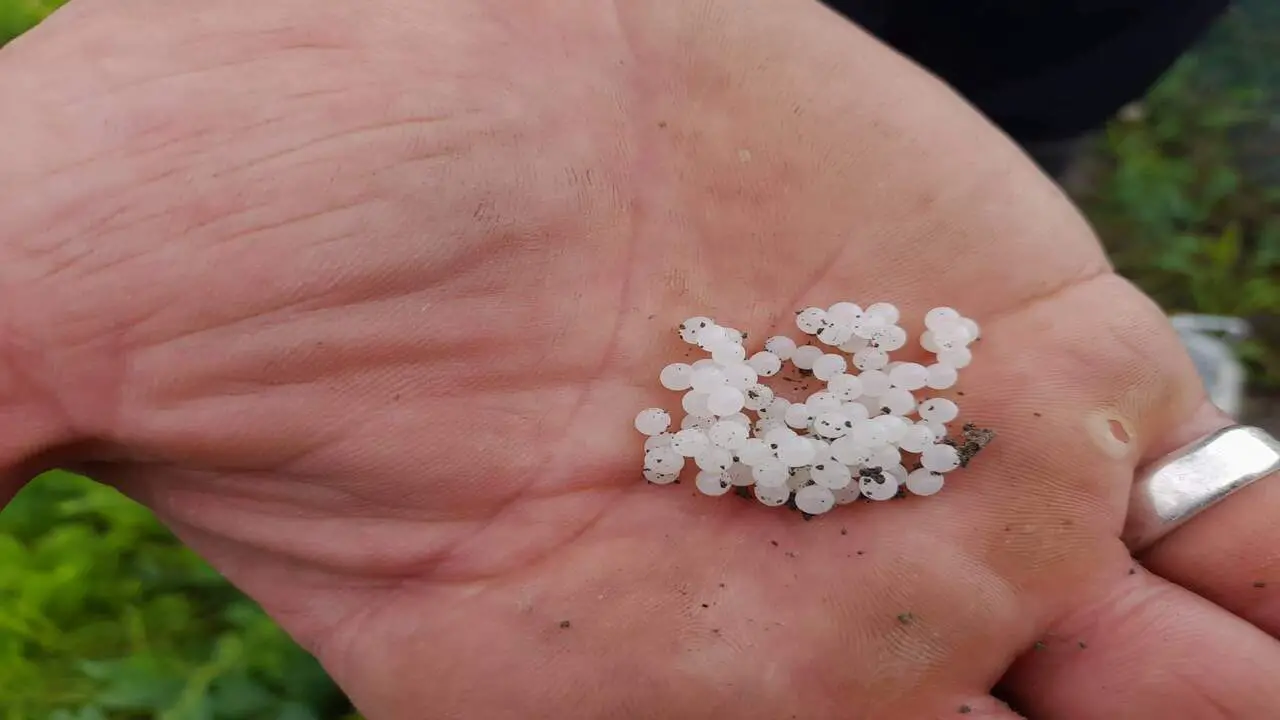
To ensure the optimal development of ramshorn snail eggs, managing their exposure to light is important. Ramshorn snail eggs are sensitive to light and can be negatively affected if exposed to too much or too little light. Providing moderate indirect light for the eggs, such as diffused natural sunlight or a low-intensity artificial light source, is recommended.
This will help promote healthy development and prevent potential issues arising from excessive or inadequate light exposure. Maintaining stable water conditions and providing proper nutrition for adult snails is also crucial to ensure successful reproduction and egg laying.
Preventing Predators And Contamination Risks
Ramshorn snail eggs can be a common sight in aquariums, but it is important to take steps to prevent predators and contamination risks. Fish and other aquatic creatures often eat Ramshorn snail eggs, so it is important to provide hiding places or remove the eggs from the tank to prevent them from being consumed.
Additionally, ramshorn snail eggs can carry bacteria and other contaminants, so it is crucial to maintain good water quality and hygiene practices in your aquarium. Regular water changes and cleaning can help reduce the risk of contamination and ensure the health of your aquatic ecosystem. By taking these precautions, you can enjoy the presence of ramshorn snails in your aquarium without compromising the well-being of your other aquatic inhabitants.
Monitoring Egg Development Progress
If you have ramshorn snails in your aquarium, you may notice small, jelly-like clusters of eggs attached to surfaces such as plants or decorations. These eggs result from the reproducing snail and can indicate a healthy population. To monitor the development progress of ramshorn snail eggs, it is important to observe them regularly.
Over time, you may notice changes in color or size as the eggs develop. It is also important to note that ramshorn snail eggs are susceptible to predation by other tank inhabitants. So, it is a good idea to provide hiding places or remove the eggs to a separate container for better protection. By watching the development of ramshorn snail eggs, you can gain insight into their reproductive cycle and ensure a thriving snail population in your aquarium.
Caring For Hatched Snail Juveniles
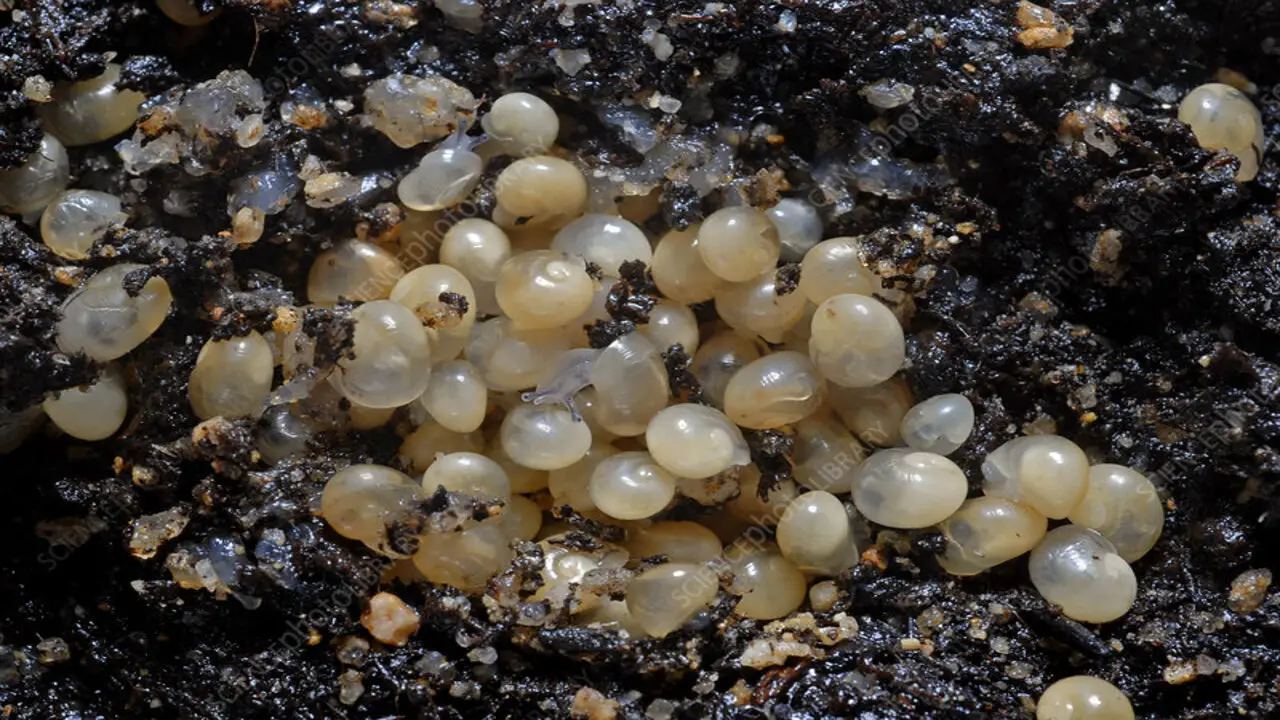
Once the ramshorn snail eggs have hatched and you have a tank full of adorable juveniles, it’s important to provide them with proper care to ensure their healthy development. Firstly, provide a well-maintained tank with clean water and appropriate temperature. It is also essential to feed them a balanced diet that includes algae, blanched vegetables, and commercial snail food.
Regular water changes and monitoring of water parameters are necessary to maintain optimal conditions for their growth. Additionally, be mindful of potential predators or aggressive tank mates that may harm the snail juveniles. Providing a nurturing environment and meeting their specific needs can help the ramshorn snail juveniles thrive and grow into healthy adult snails.
Conclusion
Caring for ramshorn snail eggs can be a rewarding experience for any aquarium enthusiast. These tiny eggs are easy to care for and can hatch into adorable baby snails. You can increase the chances of successful hatching by providing the right conditions, such as a suitable environment and proper nutrition. It’s important to be patient during incubation and avoid disturbing the eggs too much.
With careful attention and care, you can witness the fascinating process of new life emerging in your aquarium. It’s important to note that ramshorn snails are known for their high reproductive rates, so if you have noticed eggs in your aquarium or tank, it’s a good idea to monitor them closely and consider removing any excess snails to prevent overpopulation.
Frequently Asked Questions
How Long Does It Take For Ramshorn Snail Eggs To Hatch?
Ramshorn snail eggs typically take around 2 to 4 weeks to hatch. However, the exact time can vary depending on temperature and water conditions. It’s important to provide a suitable environment for the eggs to develop, including proper water quality and temperature. Once the eggs hatch, tiny baby snails emerge from the egg capsules.
How Fast Do Baby Ramshorn Snails Grow?
Baby ramshorn snails grow relatively quickly, typically reaching their adult size within a few months. The exact growth rate can vary depending on food availability, water quality, and temperature.
Providing a nutritious diet and maintaining optimal conditions in the aquarium or tank can help promote healthy growth for baby ramshorn snails. It is also important to note that ramshorn snails are known for their prolific breeding habits, so it is not uncommon for them to reproduce and have new babies regularly.
What Do Ramshorn Snail Eggs Look Like?
Ramshorn snail eggs are small, jelly-like clusters that are typically translucent or slightly opaque. They can be round or oblong in shape and are usually attached to surfaces such as plants, aquarium glass, or decorations. The color of the eggs can vary depending on the species of ramshorn snail, but they are often a light pink or brownish color.
How Do I Stop Ramshorn Snails From Breeding?
To stop ramshorn snails from breeding, there are a few steps you can take. First, remove any excess food or organic matter from the tank, which the snails feed on and helps them reproduce. Second, consider reducing the light in the tank, as ramshorn snails tend to breed more in well-lit environments. Third, remove any visible egg masses or adult snails from the tank to prevent them from hatching and multiplying.
Are There Any Side Effects From Consuming Ramshorn Snail Eggs?
Consuming ramshorn snail eggs is not a common practice, and limited information regarding potential side effects is available. It is important to note that snails can carry parasites or bacteria, which could pose health risks if consumed raw or undercooked.
Additionally, some people may have allergies or sensitivities to certain types of seafood, including snails. If you are considering consuming ramshorn snail eggs, it is advisable to consult with a healthcare professional or food safety expert for guidance on safe handling and preparation methods.

Aquarium passion is all about connecting with the aquatic life and providing education to the public on the importance of these creatures. We showcase a wide variety of marine life through our exhibits as well as working with schools to provide unique learning opportunities for students of all ages.



